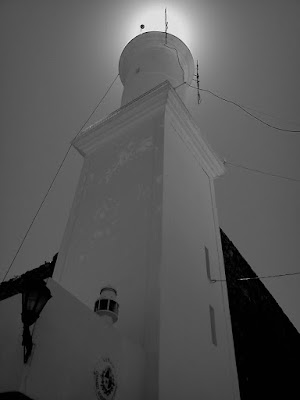I have always imagined Paradise will be a kind of library
-Jorge Luis Borges
I have always loved browsing through bookstores. However, its not that easy anymore in this digital age. Here in the USA, bookstores are becoming a thing of the past. While visiting Argentina, this is not the case. Bookstores are quite common and plentiful. Virtually every neighborhood in Buenos Aires has a couple of bookstores.
The Grande Dame, of bookstores in Buenos Aires is the gilded El Ateneo. This once opulent theatre sits on busy Avenida Santa Fe. El Ateno Gran Splendid has an illustrious history. Live performances and radio broadcasts featuring Carlos Gardel were produced from this building in Barrio Norte. This grand opera house was built in 1919 during wave of European immigration and features a Vatican-esque dome ceiling mural painted by noted Italian artist Nazareno Orlandi.
The stage in the theatre is now a cafe where you can get a macchiato and a light lunch. The cushion theatre boxes are now places where you can sit and read a book. El Ateneo is an amazing bookstore and rated as one of the top 10 bookstores in the world. If you are visiting Buenos Aires, this is one attraction that is worth visiting.
Most books are in Spanish, but there is a wide variety of books in English and other languages. There is also a large selection of music CD's and DVD's. This bookstore is well worth a visit!
The Details:
El Ateneo Bookstorre
1860-1865 Ave Santa Fe, Barrio Norte/Recoleta neighborhood
Buenos Aires, Argentina
Hours: Monday to Saturday 10am to 7pm
Sunday 10am to 5pm
Phone/Contact Info
+54 11 4811 6104
http://www.tematika.com/
http://www.tematika.com/
Bookstores are quite common in Buenos Aires, this Bookstore, Clasica y Moderna features a restaurant and jazz club with live entertainment....





















































